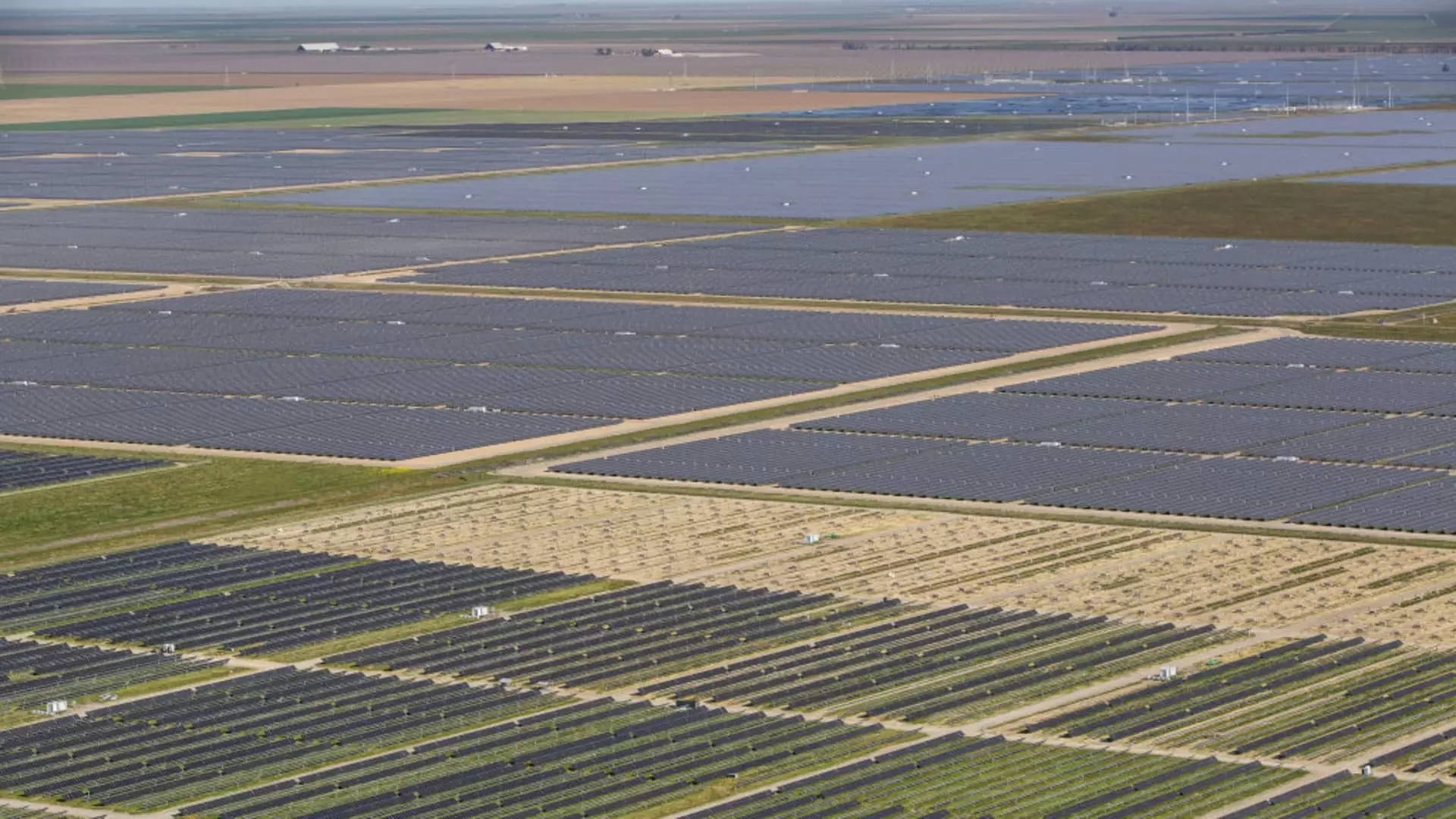The power demand from data centers is projected to triple by 2030, driven by the rapid scaling up of artificial intelligence technologies. According to a recent report by Mizuho Securities, this surge in demand will reach up to 400 terawatt hours annually, equivalent to 50 gigawatts. By the end of the decade, data centers are expected to consume approximately 9% of the total electricity demand in the United States.
One of the key trends accompanying this rise in power demand is the increasing use of renewable energy sources. Mizuho forecasts significant growth in renewable energy, with solar energy demand set to increase by 7 gigawatts annually and wind energy by 5 gigawatts per year until 2030. In fact, the technology sector’s commitments to combating climate change are expected to drive this growth in renewables, making solar and wind energy pivotal players in meeting the escalating power needs of data centers.
Among the companies poised to benefit from this surge in renewable energy demand are solar tracker manufacturers like Nextracker and Array. These companies have the ability to quickly ramp up production capacity through steel contract manufacturers, making them ideal candidates to capitalize on the growing demand for renewable energy. Analysts suggest that Nextracker could see a $4 increase in its share price target of $59, while Array could capture a $2 upside to its current price target of $13.
Despite the growth in renewables, natural gas is expected to play a significant role as a backup power source for data centers. Mizuho projects an increase in natural gas demand of up to 4 billion cubic feet per day by 2030, with the potential to reach 8 bcf/d if renewable expansion lags behind expectations. Gas will serve as a reliable backup, filling in gaps when solar and wind power output fluctuates due to weather conditions, especially in regions where data centers are not situated near renewable energy sources.
Gas producers like EQT Corp. are likely to benefit from the increased demand for natural gas, particularly in key data center markets in the Mid-Atlantic and Southeast regions. Additionally, pipeline operators such as Williams Companies and Kinder Morgan are expected to capitalize on their incumbency advantage, given the uncertainty surrounding the construction of new interstate pipelines in the U.S. These companies are well-positioned to meet the growing demand for gas in areas where data centers are located.
While the outlook for power demand from data centers appears promising, Mizuho analysts have highlighted several challenges facing the industry. The process of permitting and connecting new power projects to the grid can be lengthy, taking up to five years to complete. Moreover, potential delays in renewable investments could arise if incentives under the Inflation Reduction Act are canceled by a new administration or if higher import tariffs are imposed. These bottlenecks could hinder the industry’s ability to meet the escalating power demands of data centers.
The evolving landscape of data centers and the rising power demand underscore the importance of embracing renewable energy sources and optimizing the use of natural gas as a backup power solution. As the industry navigates through various challenges, companies in the renewable energy and gas sectors have the opportunity to capitalize on the growing demand for power from data centers while addressing potential obstacles along the way.

